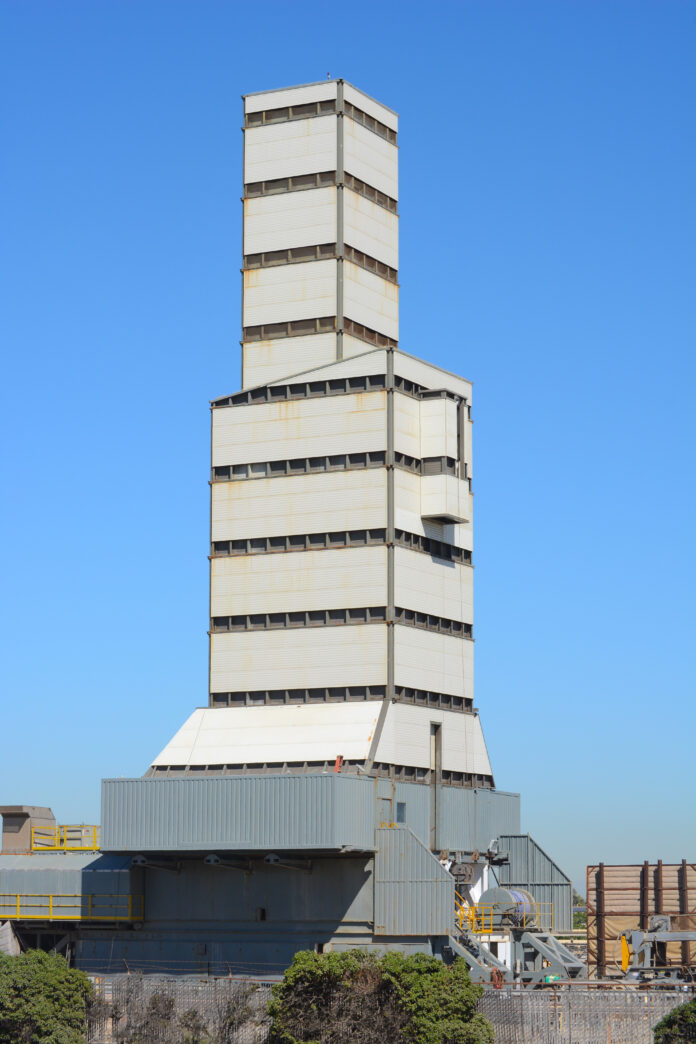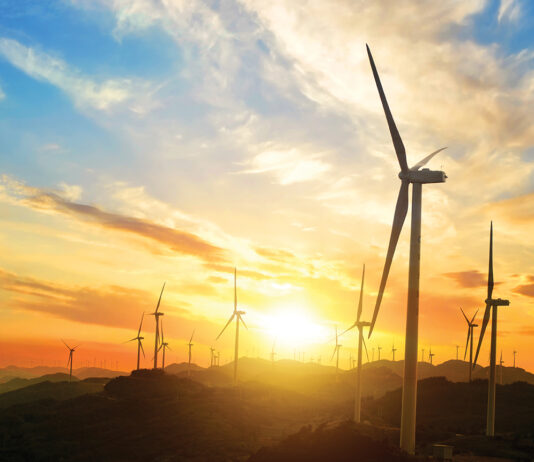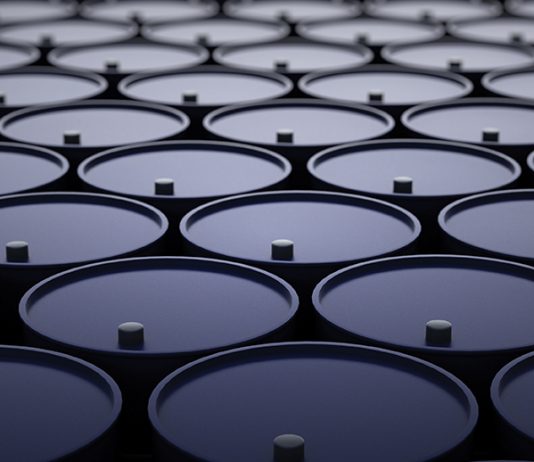
There is one city in the U.S. that’s well known for its cinematography, its food scene, its tech giants, and its tourism, but not so much, for its oil, which is hidden behind false façades and artistic towers. Los Angeles has been hiding a dirty secret for decades, away from the prying eyes of tourists and the super-rich looking to invest in property: it has thousands of oil wells, many of which still produce crude. But how exactly has it kept its dedication to fossil fuel so secret for all these years?
LA is thought to have over 20,000 active, idle, or abandoned oil and gas wells. In fact, around one-third of the city’s residents live within a mile of an active well. In some areas, there is a much higher concentration of oil operations. An estimated 75 percent of active oil or gas wells are located within 500 meters of “sensitive land uses,” which include homes, schools, childcare facilities, parks, and senior residential facilities.
While some oil wells are located on the outskirts of the city or in areas of low tourism, others are hidden in plain sight. One is the Packard Well site. It was built in 1967 and appears just like a beige office building, although without windows, and it hides 52 oil and gas wells owned by Sentinel Peak Resources. More hidden oil operations are located in the Beverly Center, again managed by Sentinel Peak. Tall walls and foliage hide 54 wells. Elsewhere in the city is the 165-foot “Tower of Hope” of Beverley Hills High. Although the site has been closed since 2017 following several lawsuits centered around the health conditions of residents. Finally, the Cardiff Tower in the Pico-Robertson neighborhood was disguised as a synagogue by Occidental Petroleum in 1966. It was reconstructed in 2001 to house 50 wells, now owned by Pacific Coast Energy.
LA has a long history in oil, and it wasn’t always home to the most famous movie site. Before the bright lights of Hollywood, there was a burgeoning fossil fuel industry, with many seeking a big future in black gold. Edward Doheny is thought to have discovered Los Angeles’s first oil well in 1892, on the present site of the Dodger stadium. Following the construction of the first oil well, 80 more popped up, and in the second year of output, companies pumped 750,000 barrels of crude. This figure rapidly increased, with more and more oil wells being constructed, and by 1930 California was producing around a quarter of the world’s oil – with LA playing a major role.
While many think of LA’s oil industry as a thing of the past, with several operations having moved to more rural locations or offshore, many oil and gas firms instead decided to conceal the reality and keep pumping crude where they thought no one would notice. This is impressive in an urban sprawl full of skyscrapers and hill views, not to mention, around 10 million residents. But operations aren’t just hidden in towers, with oil companies going much further to hide wells from the public – its camouflaged operations are often soundproofed and create huge canvases for murals and artwork.
While the oil industry continues to maintain its operations in LA, crude output has gradually been dropping. California oil field production totaled around 1 million bpd in 1982, which dropped to 338,000 bpd in 2022. Yet, Los Angeles remains the largest urban oil field in the U.S. However, this may no longer be true by the end of the decade as the city council has moved to ban new and existing oil operations.
In January this year, the Los Angeles City Council voted unanimously to ban new oil wells and phase out existing wells. It stated health concerns as the primary reason for the move. It also pointed out that oil wells do not conform to LA land-use requirements, calling to phase out at least 5,200 oil and gas wells. Some will be quickly decommissioned and filled, while others could take up to two decades to go.
Democrat Councilman Paul Krekorian stated, “It doesn’t make sense in the 21st century to continue to produce oil and gas and create the enormous public health impacts that it has in the middle of one of the great cities of the world.” He added, “for the sake of our communities, for the sake of the health of Angelenos, it was important that we made a clear statement that oil and gas production was no longer compatible with the communities of the city of Los Angeles.” He is the most recent in a long line of councilors to push for a ban or curb on oil drilling within the city.
An extensive amount of oil operations continue to be found across Los Angeles, hidden by enormous, innovative structures that aim at separating the city’s fossil fuel industry from residents and tourists. This situation has come out of decades of oil growth. But this may soon change given the recent council ruling on the eventual phasing out of oil wells in the region.
Put Together the Pieces in Oil and Gas with Shale Magazine
At Shale Magazine, we report on current events with the facts that matter most to oil and gas stakeholders. To gain fresh insights, make sure to check out our latest issues. You’ll find new opportunities for networking and events, see our one-on-ones with top industry execs, and all the latest news from upstream, midstream, and downstream.

Felicity Bradstock is a freelance writer specializing in Energy and Industry. She has a Master’s in International Development from the University of Birmingham, UK, and is now based in Mexico City.
If you would like to contact our staff writers, you can reach them at [email protected]
















